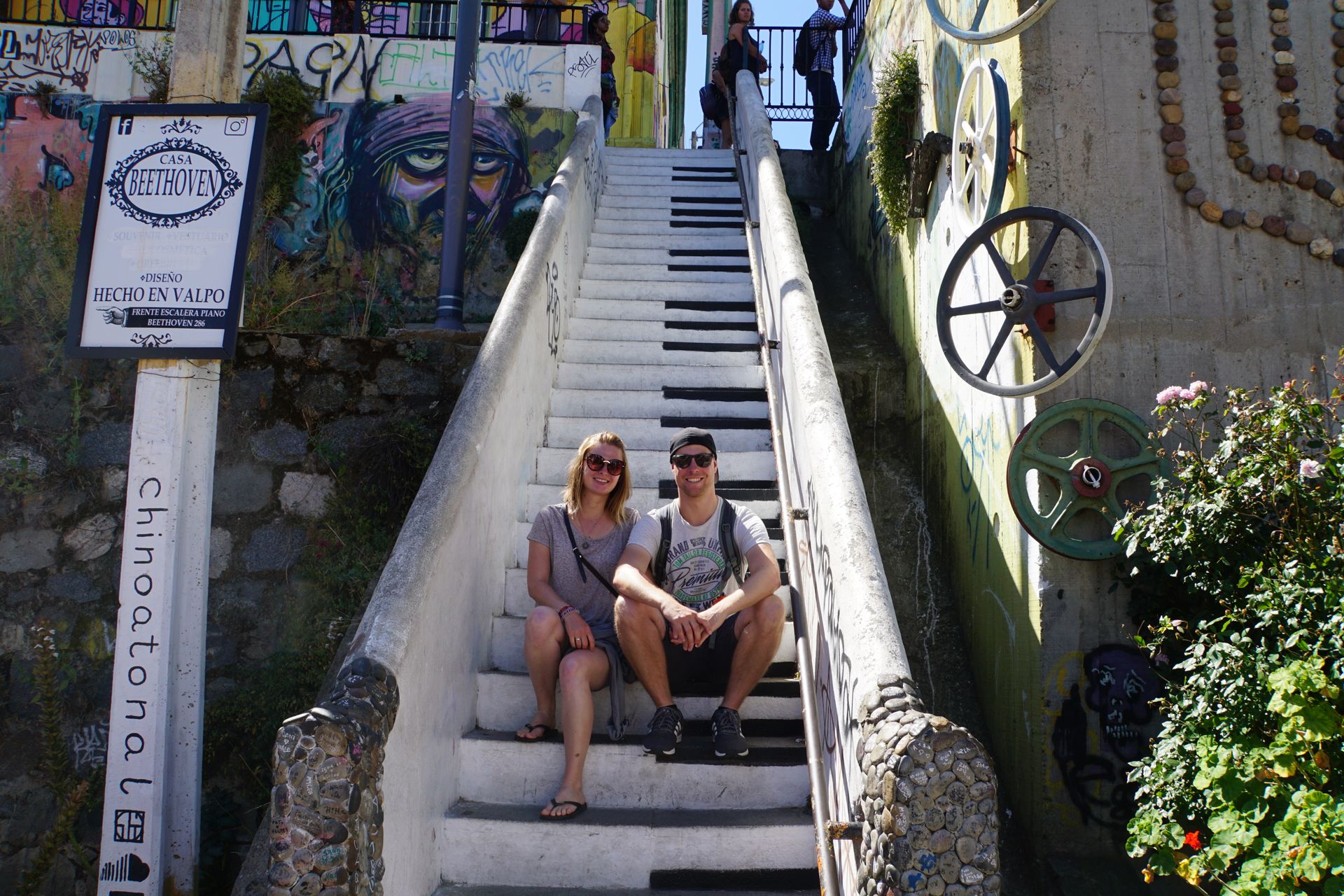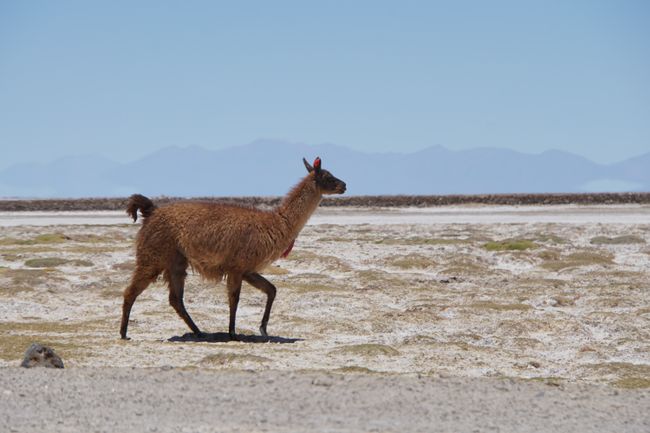Lima - Our First Week in Peru
E phatlaladitšwe: 15.10.2018
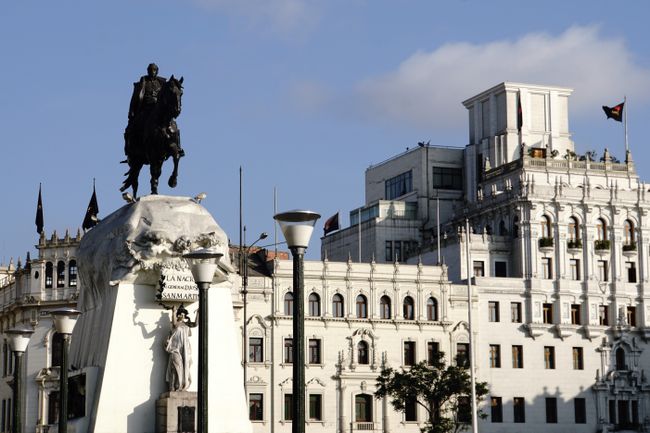
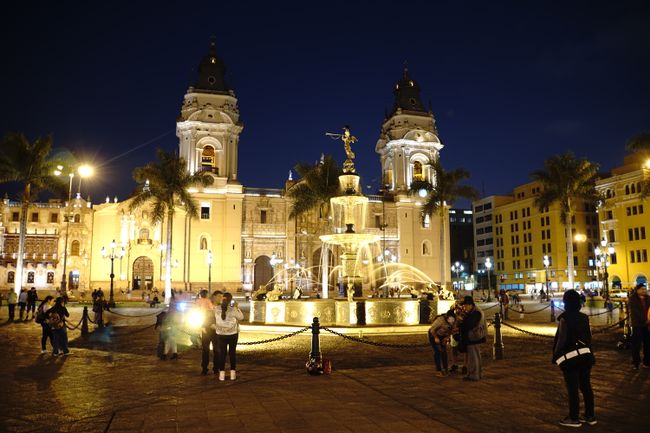
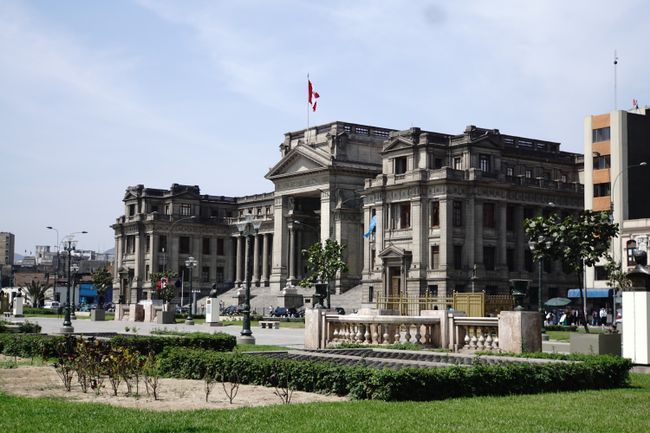
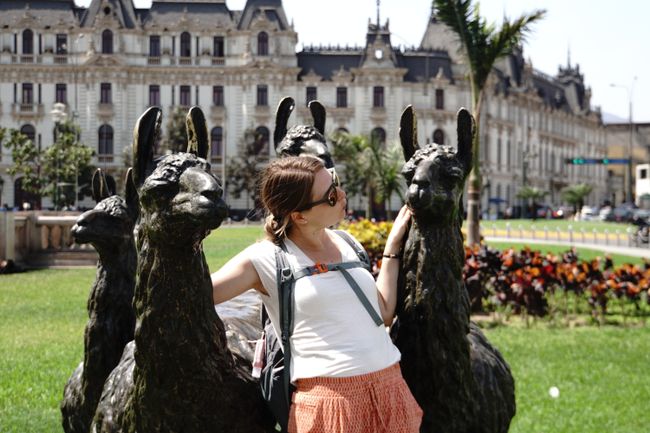
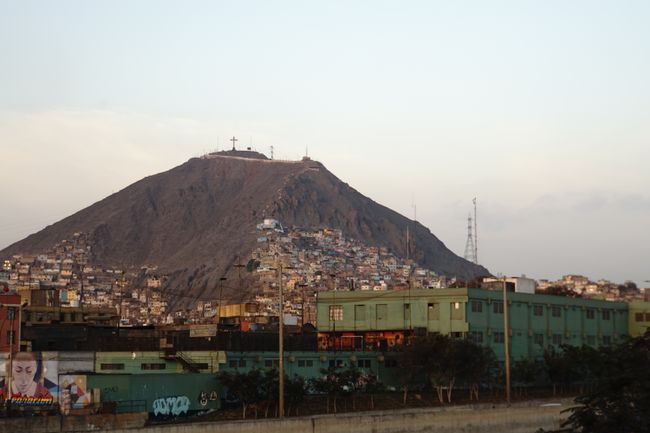
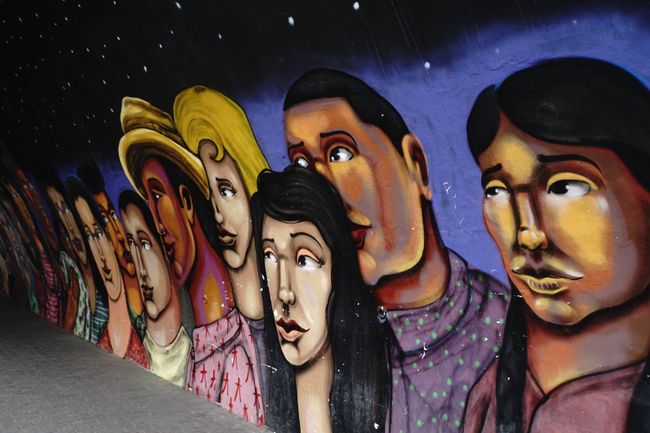
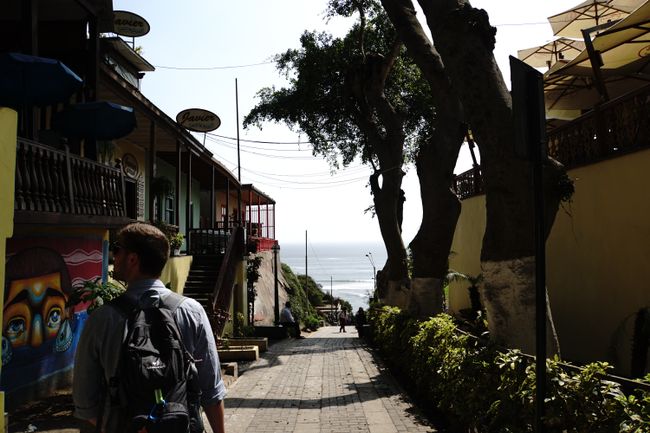
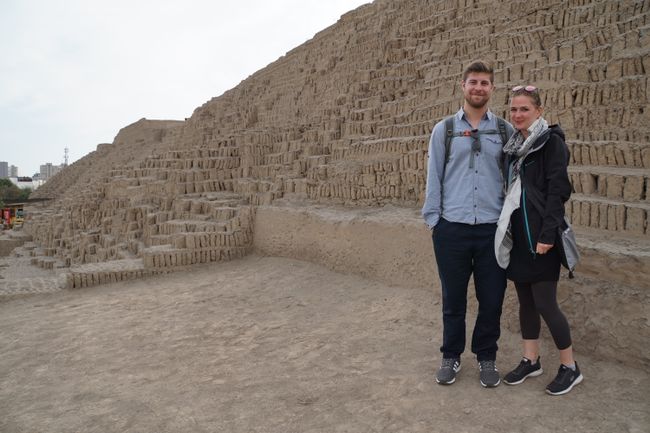
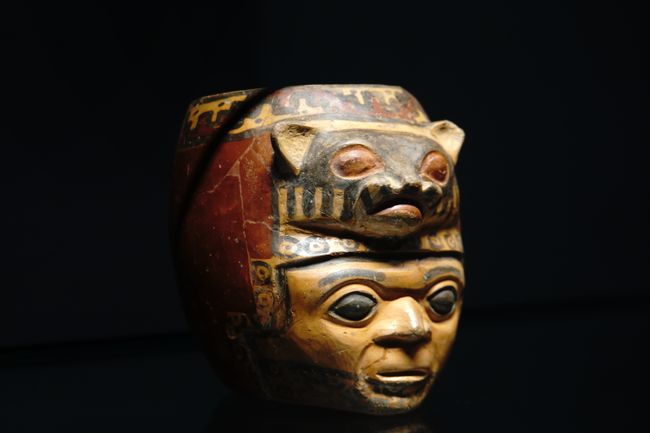
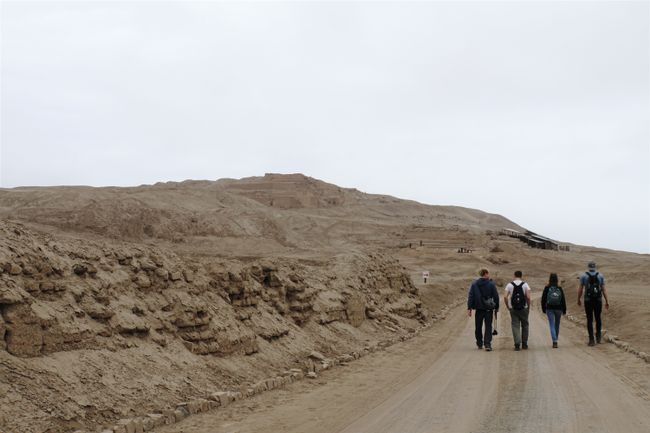
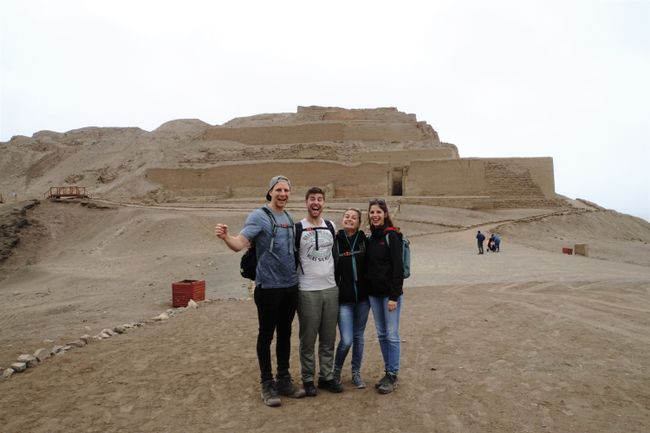
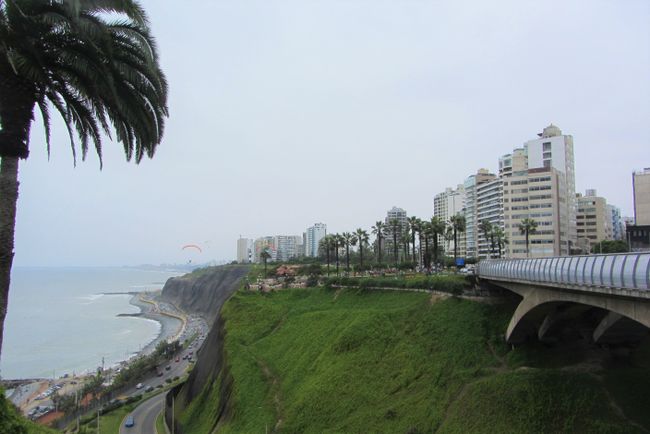
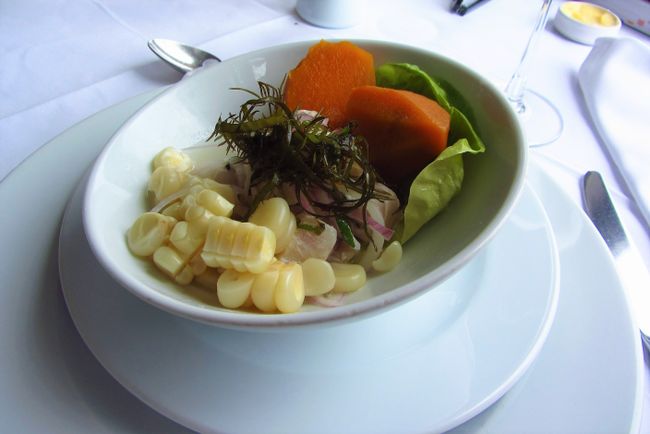
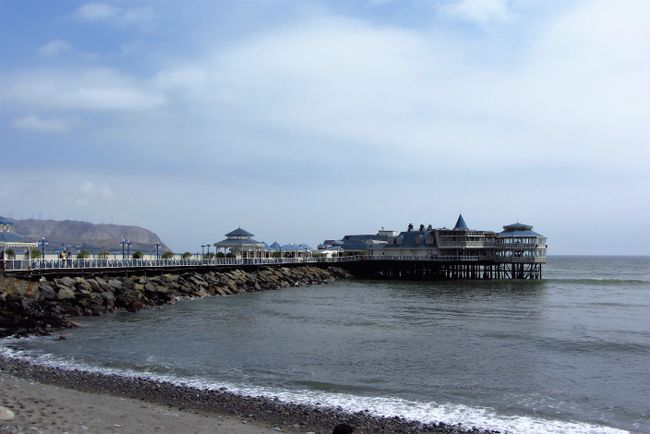
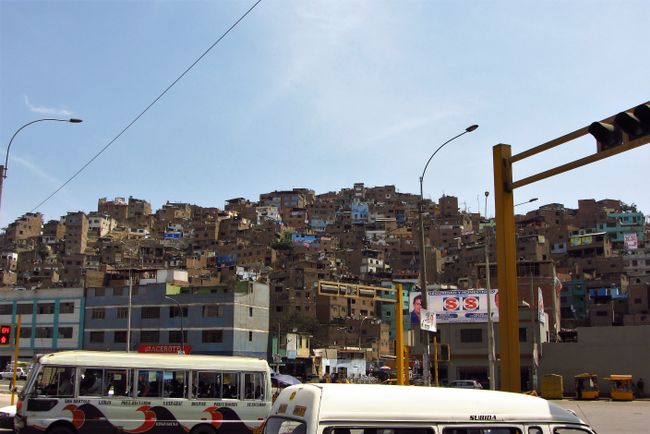
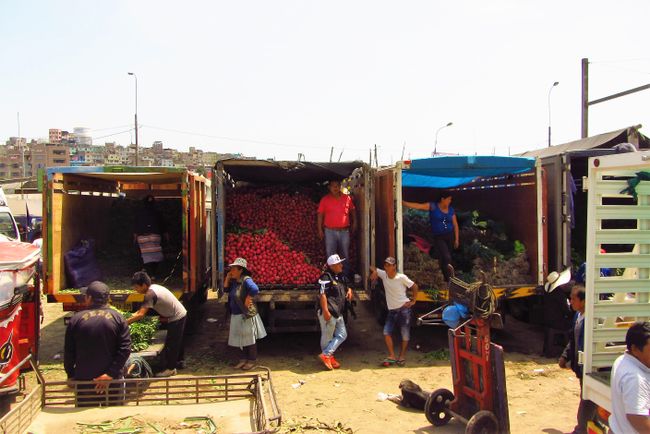
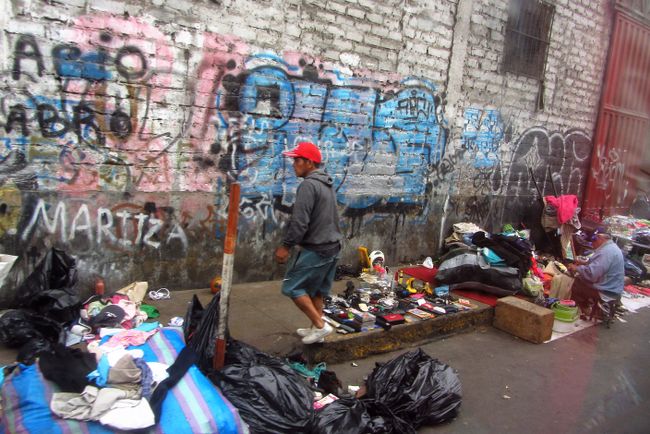
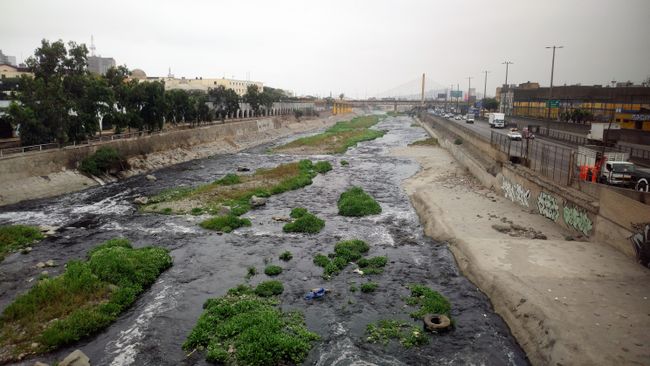
Ingwadiše go Lengwalo la Ditaba
We have been on the road for a little over a week now, and for the past five days we have been a group of four. Our first impression of Peru: We are definitely no longer in Germany!
Due to some stories, forums, and travel guides, our expectations of the capital were rather low, so our first impression - marked by miserable traffic, constant honking, and lots of dirt and dust - did not surprise us. Nevertheless, after a total of six days in Peru's largest city, we have seen a lot - beautiful things and also some less beautiful things, but all very memorable.
About a third of all Peruvians, around 10.5 million people, live in the city, which extends over an area of about 2,600 square kilometers; making it larger than the entire Saarland (Wikipedia). The sheer size of the city mainly manifests itself in the never-ending traffic. It smells of exhaust fumes, and even on the coast in Miraflores, the wind from the Pacific hardly improves the air quality. The driving style of the Peruvians is chaotic to say the least. Traffic lights and intersections are skillfully ignored, and whoever arrives first and honks the loudest wins. We are slowly getting used to it.
And yet there are very beautiful spots in this city. Lima's historic center impresses with countless colonial-style buildings. Here, everyone who could, showed off. Especially the Plaza San Martín, where our hostel was located, and the Plaza Mayor are quite impressive, especially when the sun peeks out from behind the eternal cloud cover.



Palace of Justice
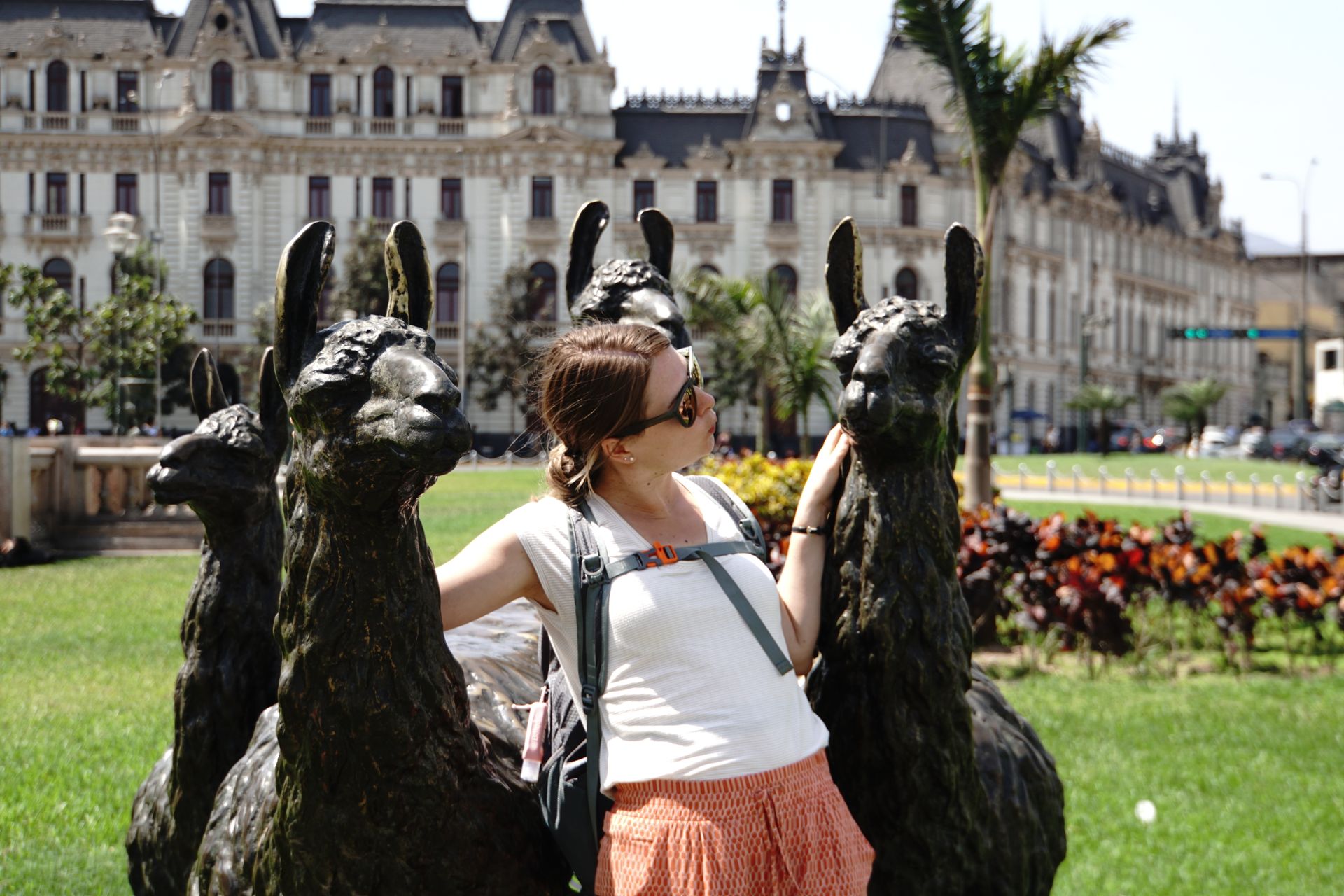
The most beautiful districts are definitely Miraflores and Barranco, both located directly on the coast. The wealthy Limañas and many foreigners live here.
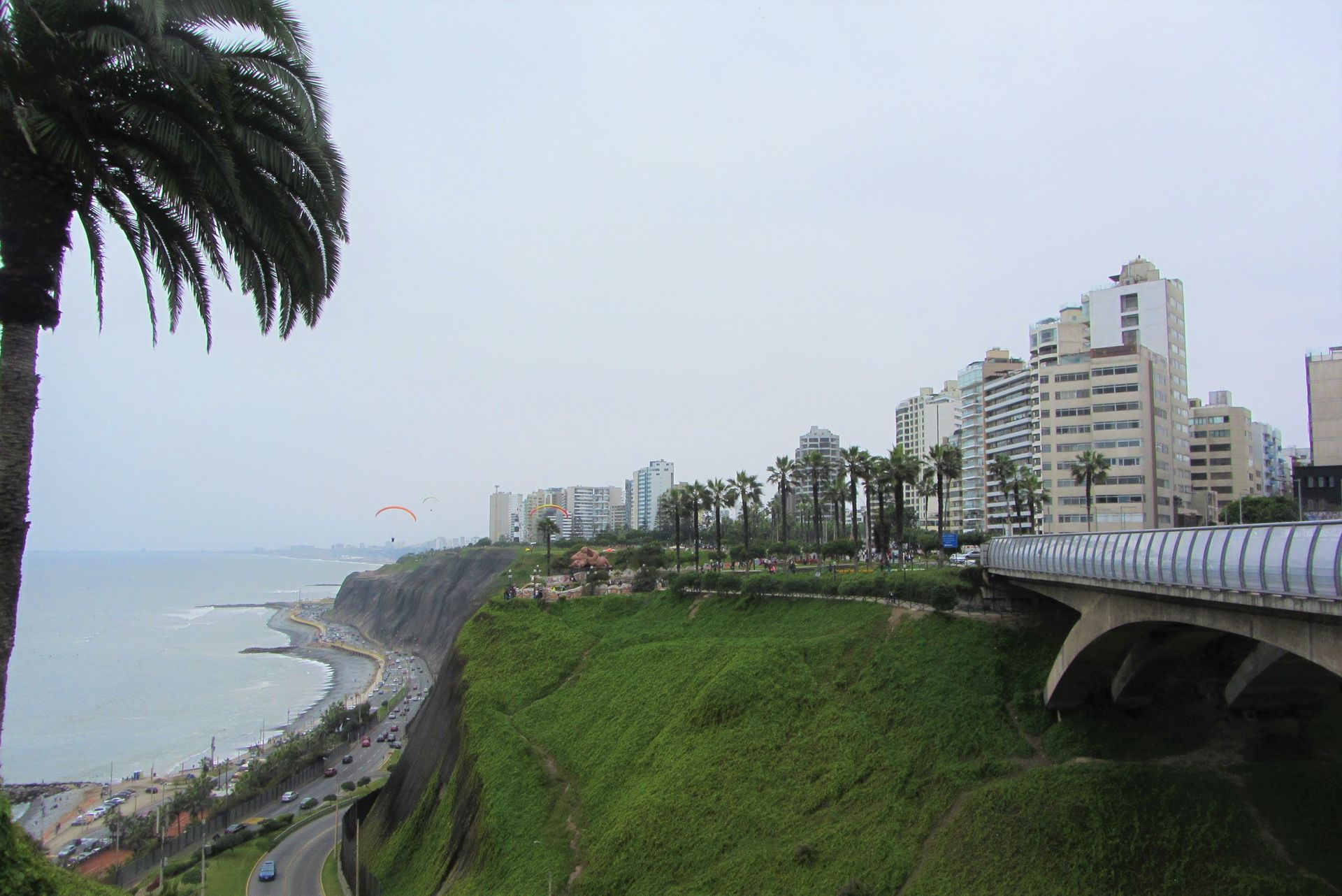
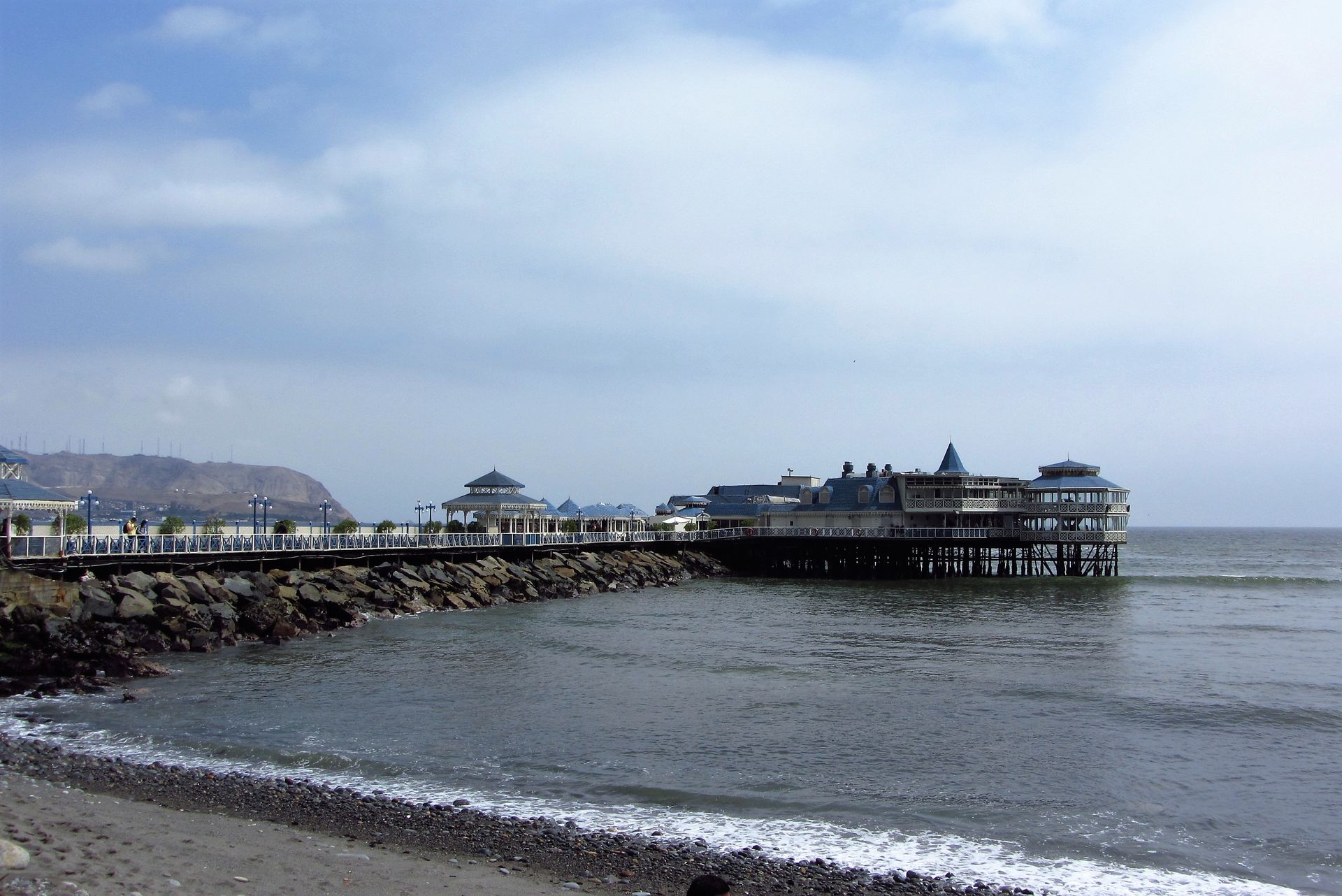
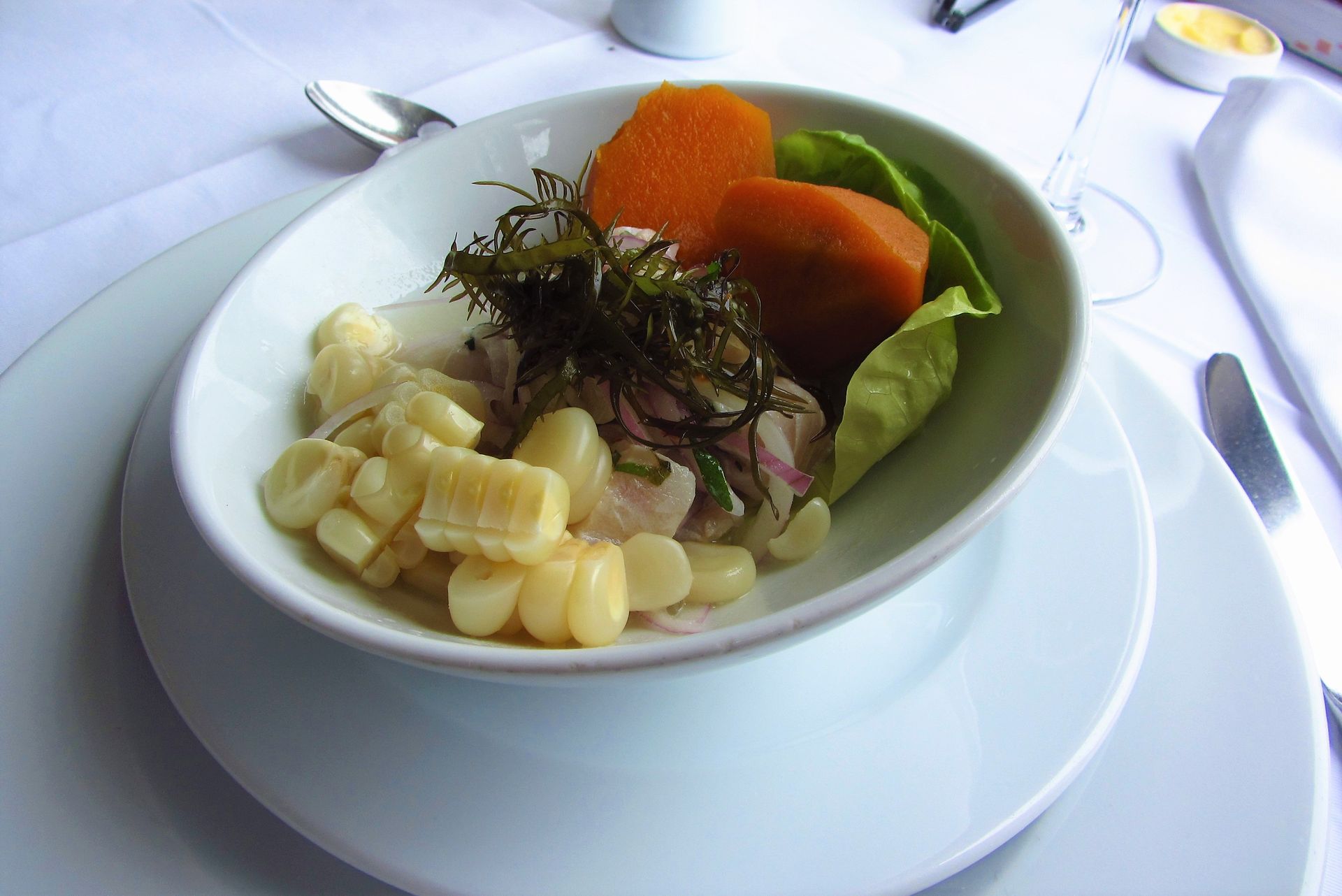
In Barranco, many artists have settled down, and besides impressive street art, there are many small and very fine restaurants (Thanks to Ingo and Josi, La Isolina was a real insider tip).


Besides its colonial history, Lima has a lot to offer. In the middle of Miraflores, we visited the remains of a temple complex from the Lima culture (200-700 AD). Huaca Pucllana, a complex that once covered an area of 18 square kilometers and of which only a main pyramid and some small passages and storage rooms remain today, was completely built of unfired adobe bricks. It is a miracle that so much is still preserved after more than 1500 years - until you remember that Lima is in a desert and it simply never rains (according to our guide, a maximum of 20mm/year). Since this key realization, we have become more accustomed to the dust in the city ;)

On our fifth day, Yvi and Juli arrived safely in Lima. We immediately threw them into the deep end and set off for Lurin the next morning, a rural district in the south of Lima. In the 1890s, a gigantic temple complex, similar to Huaca Pucllana but probably more significant, was rediscovered there. The ruins were partly built with unfired adobe bricks and partly with variously hewn stones, depending on which culture was flourishing there at the time. According to the museum, almost all major cultures were represented: From the Lima to the Wari, the Ychma, and even the Inca, all have used the site. You can still see traces of red paint on the walls of the Sun Temple and can imagine, solely based on the size of the complex that has been excavated so far, how big, how significant the South American cultures were. The Spaniards put an end to everything in 1530, and much was lost in the subsequent "cleansing". But excavations are still ongoing on the site, and perhaps there is still a surprise buried in the desert sand.
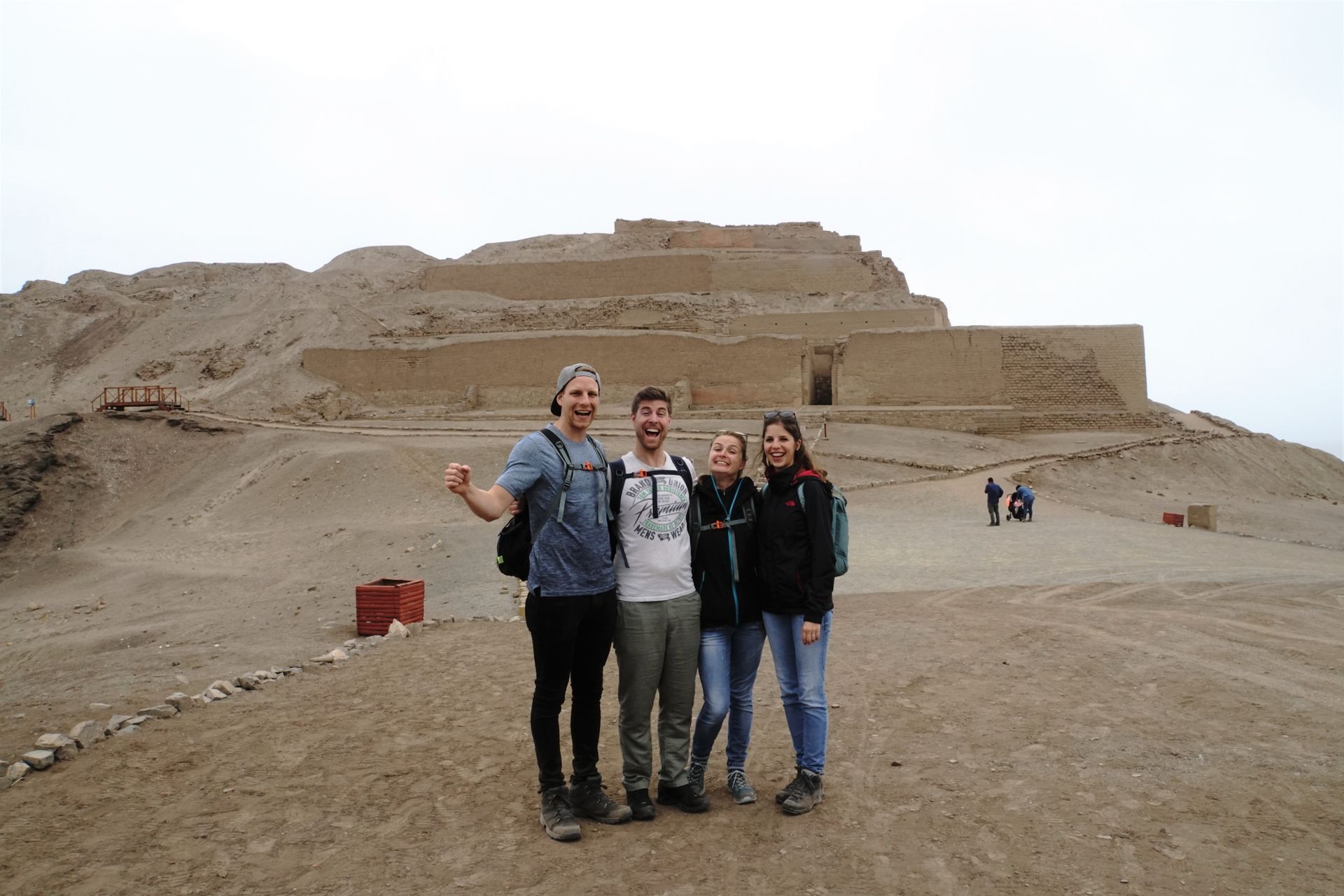
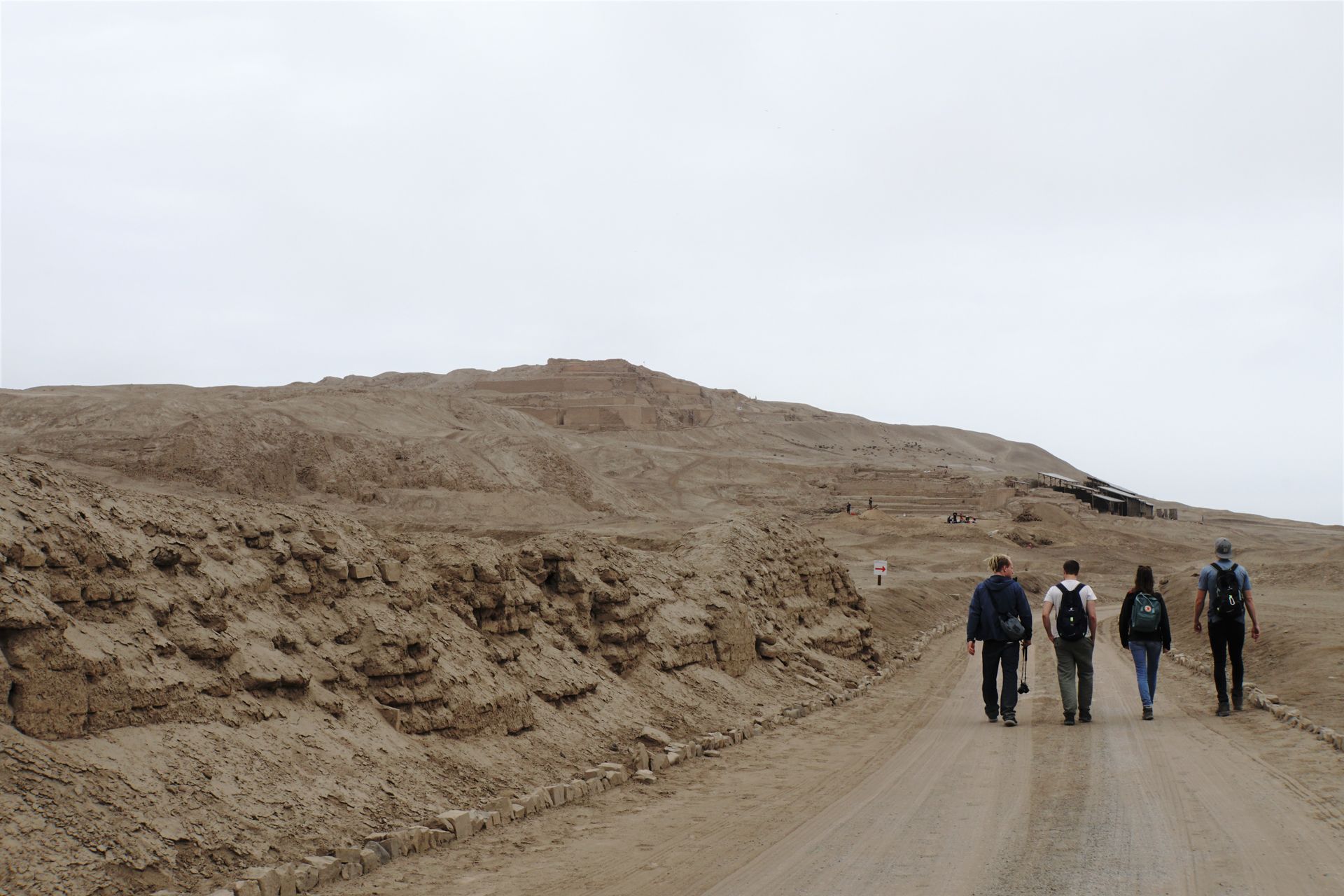
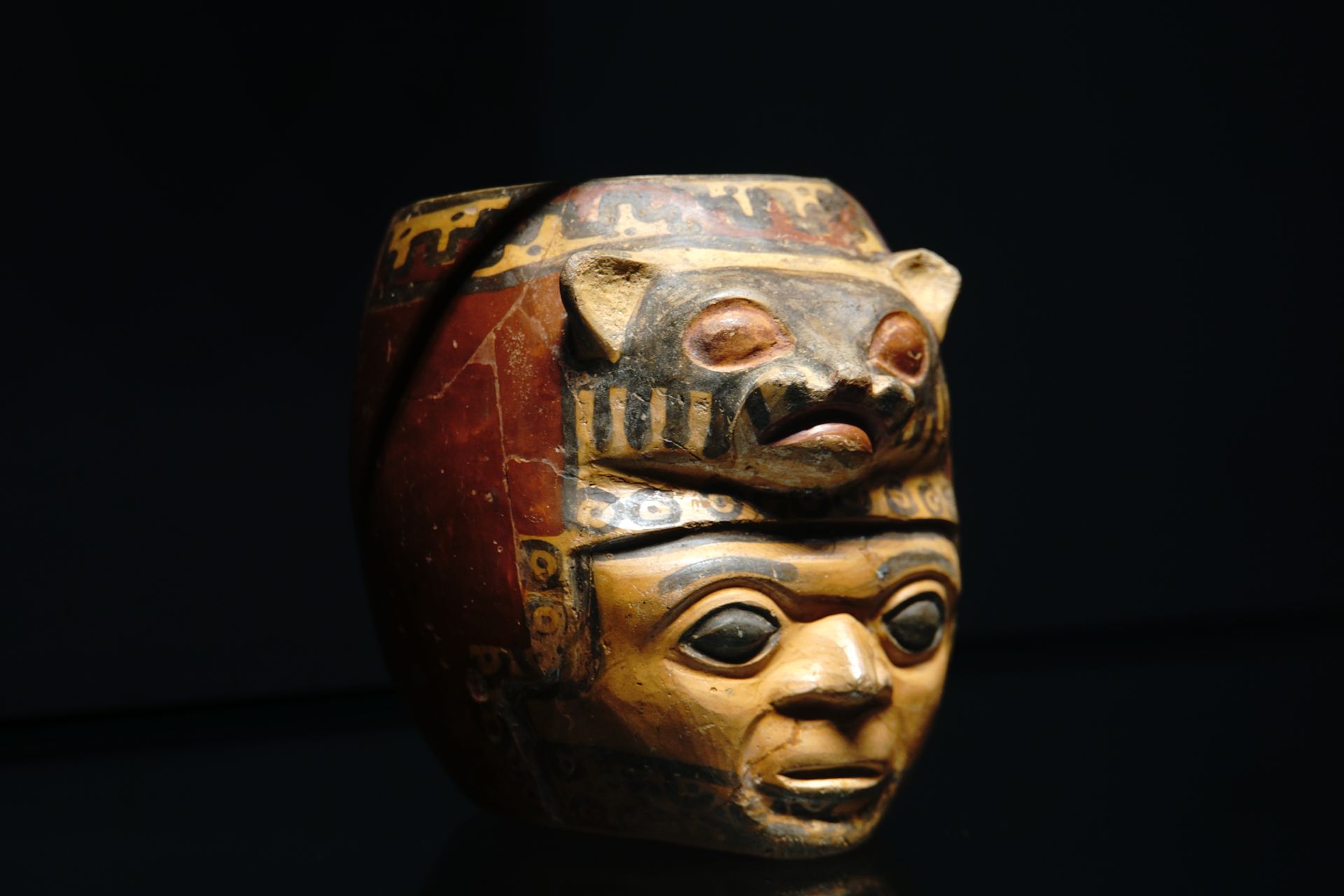
As exciting as the ruins are, the bus ride to Lurin is just as interesting. Firstly, there are no well-marked bus stops in Lima. The buses, called micros by the locals, operate from designated locations that all the locals seem to know. We navigate through with our few words of Spanish and get on the bus towards San Bartolo in front of the Museo de Arte. Then, we drive through the typical traffic towards the south. The bus weaves through cars, trucks, hand-carts, and mototaxis, passing by street vendors and pedestrians. Apart from abrupt braking and accelerating, our bus driver doesn't have much else in his repertoire, but he navigates us safely through the dense traffic. Anyone standing on the roadside and extending their hand is picked up, no matter where the bus has to stop for it. Along the way, vendors constantly get on the bus, providing additional entertainment. In addition to candy, nuts, and fruit, you can also buy ice cream, creams, and lottery tickets. My personal highlight was a vendor with a diet guide and another one with certain pictures of beautiful ladies. We felt like we were in the Knight Bus from Harry Potter.
The route mainly passes through the less beautiful districts of Lima. This is probably where most Limañas live in the so-called barriadas, the city's slums. Many things are self-built and therefore chaotic. Everything for daily needs is sold at flea markets and huge makeshift grocery markets. You quickly lose track, yet the whole chaos seems to follow a certain systematics.
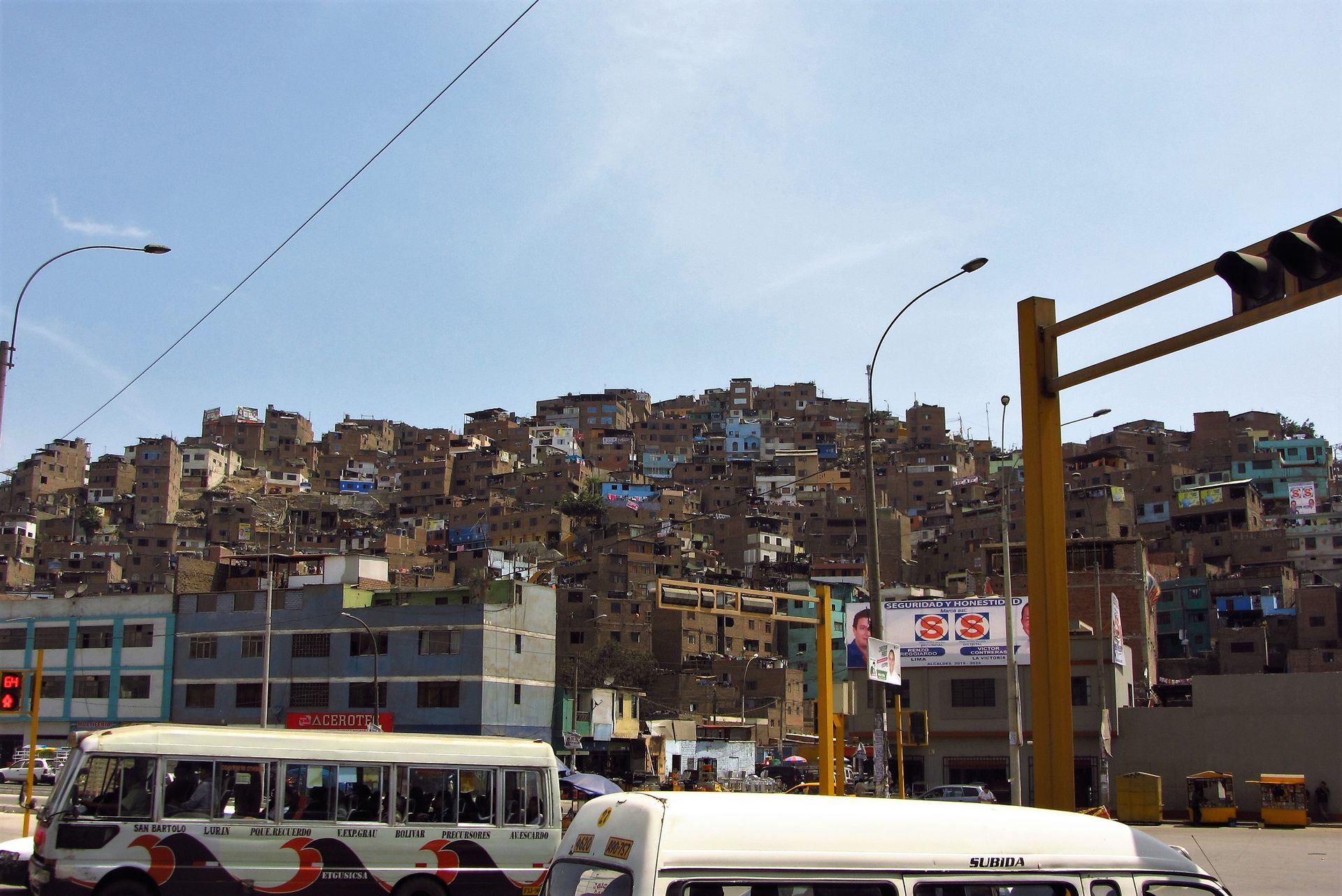
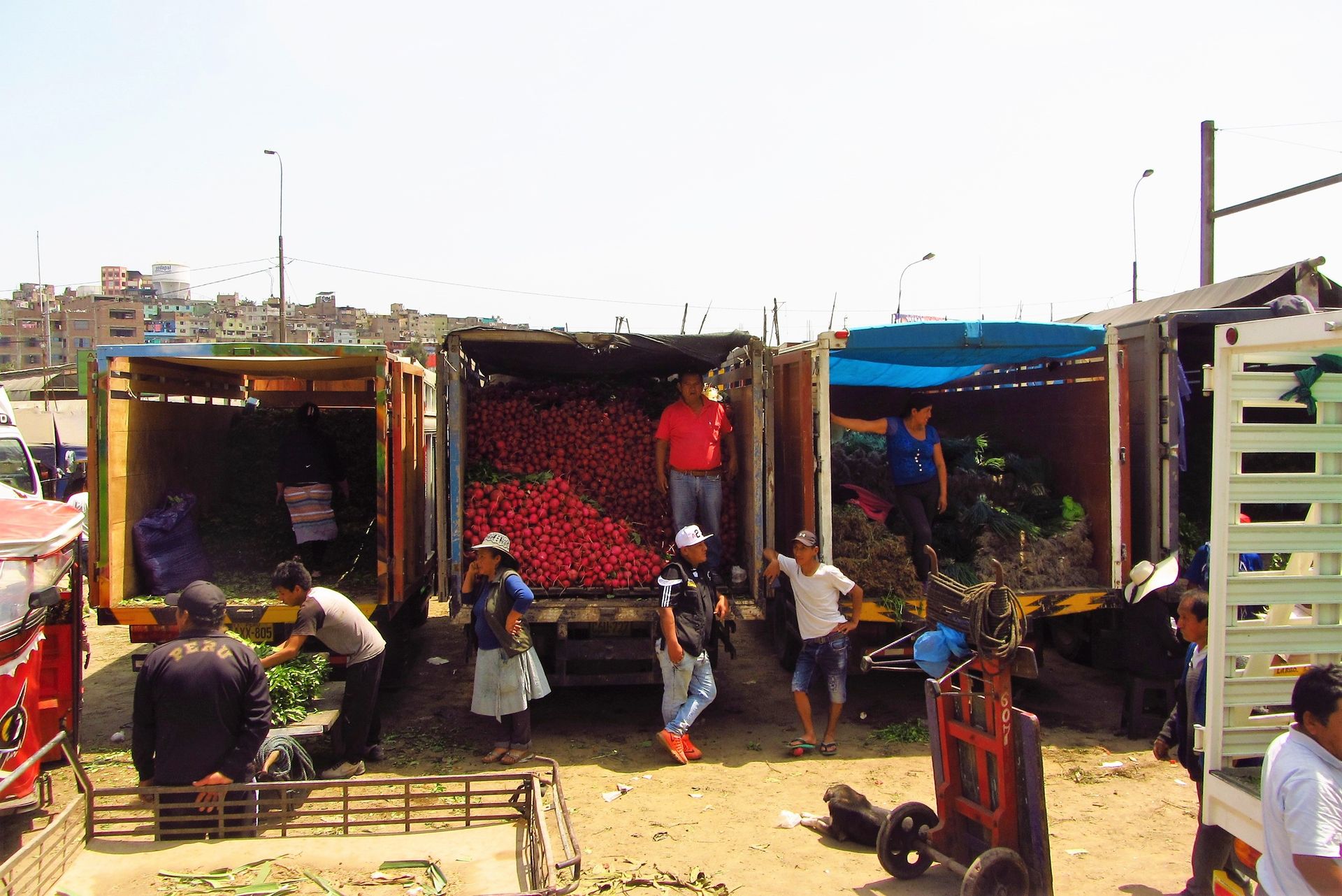

All in all, we have grown quite fond of the city, perhaps precisely because of its contrasts. The Peruvians are all incredibly warm and helpful, so we really felt welcome. In the six days in Lima, we have seen both sides of the coin and feel that we have arrived in an emerging country that is ready for economic progress. We are definitely excited about everything that is waiting for us in the south of the country.
Best regards,
Laura and Markus
Ingwadiše go Lengwalo la Ditaba
Karabo (4)
Aa'sem Mustafa
Sieht toll aus.... Ich wünsche euch Viel Spaß. ('-')Hallo, vielen Dank für den tollen Bericht. Das sind wirklich extreme Gegensätze. Die Gebäude sind wirklich imposant. Ganz tolle Fotos habt ihr gemacht. Vielen Dank.
Euch noch ganz viel Spass und wir sind schon auf den nächsten Bericht und die nächsten Fotos gespannt. Ganz liebe Grüsse Conny, Peter und Luca
Martina
Danke für die Story und die tollen Beschreibungen mit Bildern. Es kommt mir vor als reise ich mit Euch, einfach Klasse!Laura
Vielen Dank euch allen für die lieben Kommentare und viele Grüße in die Heimat!